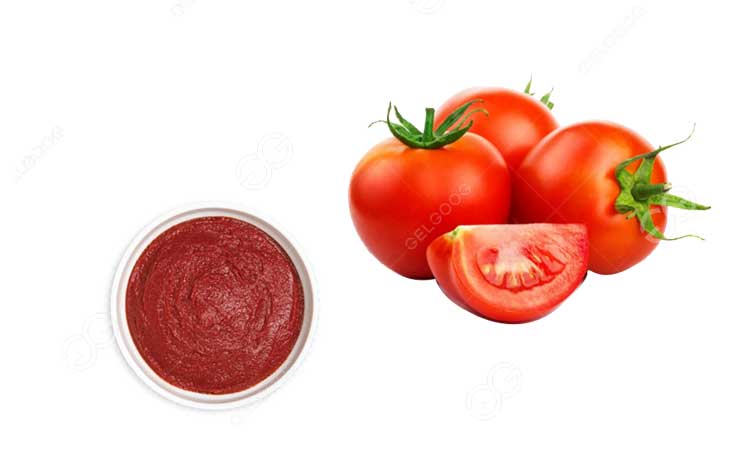Tomatoes are one of the most widely consumed and versatile vegetables in the world, used in various culinary applications, from sauces and soups to ketchup and canned tomatoes. To meet the ever-growing demand for tomato-based products, industrial tomato processing plants play a crucial role in the food processing industry. However, establishing and operating such facilities involve significant costs. In this article, we will delve into the various factors that contribute to the cost of setting up an industrial tomato processing plant.

Location and infrastructure costs
Choosing the right location for your tomato processing plant is a critical decision. Factors such as proximity to tomato farms, transportation networks, and access to utilities will affect your initial investment. Land acquisition and infrastructure development, including building construction and utilities installation, can consume a substantial portion of your budget. Additionally, the cost of regulatory compliance and obtaining necessary permits may vary by location.
Equipment and machinery
Tomato processing requires specialized equipment and machinery to efficiently handle large quantities of tomatoes. Key equipment includes washers, sorters, blanchers, peelers, crushers, evaporators, and canning or packaging machinery. The cost of these machines will depend on their capacity, quality, and level of automation. High-capacity, automated equipment tends to be more expensive but can significantly increase productivity and reduce labor costs in the long run.
Labor and training
Labor is a significant ongoing cost for tomato processing plants. You will need skilled workers for operating machinery, quality control, maintenance, and administrative tasks. Adequate training programs and safety protocols are essential to ensure the efficient and safe operation of your plant. Labor costs may also include benefits and insurance, so it’s essential to budget for these expenses.
Raw material procurement
Tomatoes are the primary raw material for tomato processing plants. The cost of procuring tomatoes can vary depending on factors like the location of your plant, the seasonality of tomato production, and the type of tomato products you intend to produce. Building relationships with local tomato growers, negotiating favorable contracts, and investing in quality control processes to reduce waste can help manage these costs.
Energy and utilities
Tomato processing plants require substantial energy inputs for heating, cooling, and powering machinery. Energy costs can vary depending on the source of energy and local rates. Investing in energy-efficient equipment and implementing sustainable practices can help mitigate these expenses over time. Water usage is also a critical consideration, as tomatoes require significant amounts of water during processing. Implementing water recycling and conservation measures can reduce costs and minimize environmental impact.
Packaging and transportation
The cost of packaging materials and transportation can significantly impact the overall cost of your tomato processing plant. Packaging options vary, from cans and glass jars to flexible pouches and aseptic cartons. The choice of packaging will depend on your target market and the shelf life requirements of your products. Transportation costs will depend on the distance to your distribution centers or customers, as well as the mode of transportation used.
Quality control and testing
Ensuring the quality and safety of your tomato products is crucial for maintaining consumer trust and complying with regulations. Costs associated with quality control and testing include labor, equipment, and the cost of conducting regular tests to monitor product quality, shelf life, and safety.
Establishing an industrial tomato processing plant involves a significant upfront investment and ongoing operational expenses. Understanding the various cost factors, from location and infrastructure to equipment, labor, and raw materials, is essential for planning and budgeting. Efficient and sustainable practices, as well as strategic decision-making, can help control costs and ensure the long-term success of your tomato processing venture. While the initial investment may be substantial, a well-managed tomato processing plant can offer lucrative returns in the food processing industry.